Compression Socks -The Good, the Bad, but Not the Ugly
Regular compression socks are a fantastic solution for venous insufficiency problems. The only disadvantage? They must be put on correctly to experience results, but that takes time and practice. Fortunately, zipper compression socks are an easy solution to this limitation that allows you to enjoy the benefits of compression socks without the hassle of getting them on and off.
The fact that clots can be regulated and prevented without intrusive procedures because of compression gear really is a breakthrough in medicine. They are indispensable for many common issues. Compression socks help to treat and prevent everything from Deep Vein Thrombosis (DVT) to edema to general swelling. They can also help to relieve leg tiredness resulting from pregnancy. It really is amazing the number of conditions that compression wear is used for!
The benefits of regular or zipper compression socks, however, are not limited to sickness and pregnancy. Having easy on easy off compression socks is key to wearing your compression socks regularly. Workers who spend a lot of time on their feet like nurses can also benefit from wearing compression gear. Long-distance travelers and athletes have been known to use compression socks to improve their blood circulation too. There are really very few people whose health would not be improved by regularly wearing compression gear.
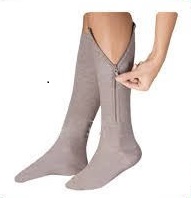
Trouble in Paradise
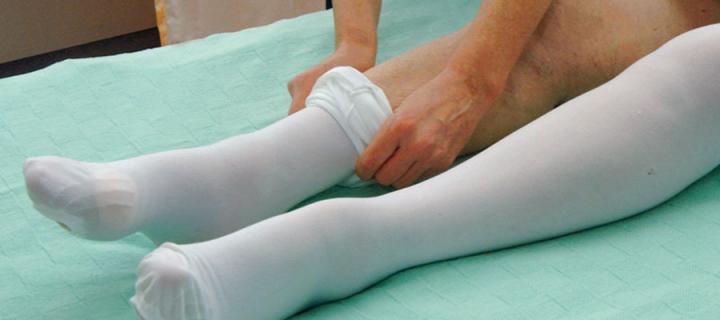

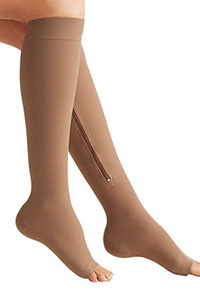
The only downside of compression socks is the process of putting them on and taking them off. Many people who could most benefit from compression have limited mobility, making this process a daunting and uncomfortable task. A surgery patient may even find the job impossible and need help from a nurse or caregiver.

There have been multiple studies on the efficacy of compression stockings and one worrying trend from the findings regarding compliance. Compression stockings are made to perfectly fit the leg of the wearer; this attribute of the socks is not just a willy-nilly feature. Compression socks need to be close-fitting. They tightly wrap around your leg to provide maximum pressure on your veins.
One of the biggest issues that impacts the efficacy of compression stockings is compliance. Users should regularly wear socks that fit correctly. Compression socks should be selected based on multiple leg measurements. If socks are too loose, they will be ineffective. If they are too tight, they could cause damage.

Yet the discomfort and perseverance required to get the socks on and off makes many people give up on their treatment regimen. Who can blame them? Yet it is important to remember that the socks will be of no help if they are not worn at all!
Scientific Evidence on Compliance
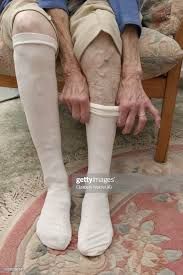
According to one study, application difficulty was one of the most common reasons that patients discontinued the use of pressure gear. Because of this difficulty, researchers concluded that patients were likely to disregard a compression gear recommendation while health professionals were reluctant to prescribe them.

Another study that specifically focused on pregnant women and patients with chronic venous insufficiency, DVT, and lymphedema found that, more often than not, compression socks were not used according to stipulated guidelines. Once again, the difficulty of sock application was among the reasons for this limited compliance.
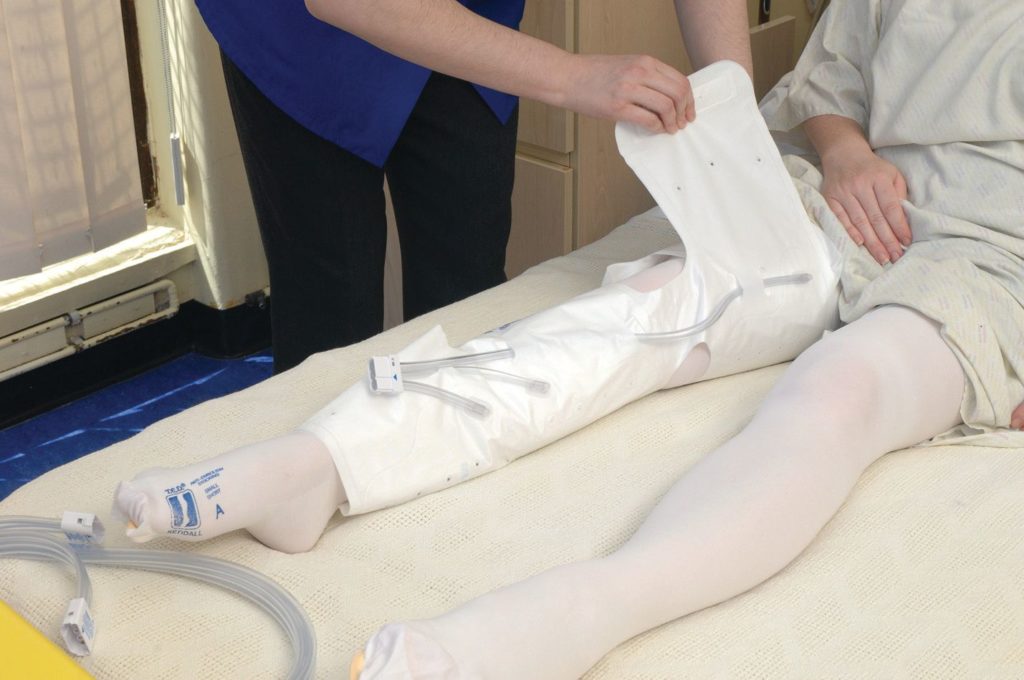
It is important to remember, however, that patients cannot simply forgo compression gear. They play an important role in preventing blood clots for those suffering from venous insufficiency and venous ulceration as well as those recovering from surgery.
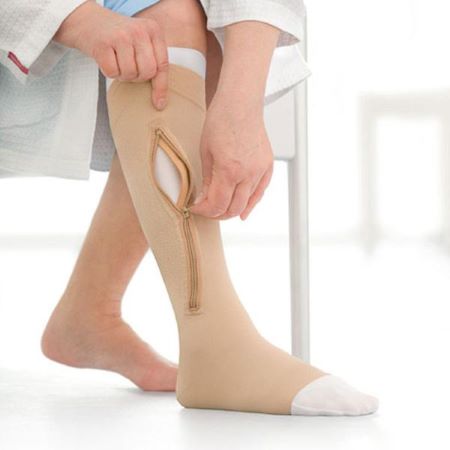
Research focusing on the efficacy of compression gear in treating venous ulcers measured the pain that patients felt while wearing them. The level was quite significant, largely due to incorrect application. The research recommended the use of zipper compression socks to minimize slippage injuries, which not only exacerbate venous ulcers, but can also induce greater pain and necrosis.
Popular Compression Socks Articles on ComproGear
At ComproGear we specialize in compression socks like compression socks for nurses and non-nursing medical socks for swollen feet that anyone can wear. Our lineup includes compression socks for swelling ankles and socks that improve circulation. If you’re curious about “what mmhg compression socks do I need?” we suggest 20-30 mmHg compression socks. See our compression ratings article for details.
We recently added wide calf compression socks including sizes up to 6XL compression stockings for morbidly obese people. See our article on how to order compression stockings for details on how to get a pair of ComproGear Compression Socks today.
The Bone of Contention with Compression Socks

Since most patients are aware of the severity of neglecting a treatment regimen, the refusal to compy has everything to do with certain discomforts of compression gear, such as the burden of application. Compliance can be improved by considering the factors that users find off-putting. In particular, solutions should find ways of making the application and removal of socks easier.
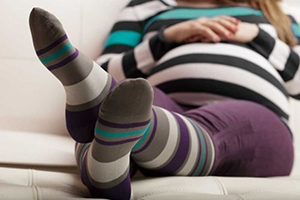
For example, a pregnant woman may be prescribed compression socks from the beginning of the third trimester until delivery. For three months, the woman will have to remember to wear the socks from the time she gets up until the time she goes back to sleep. Difficult application and anxiety about the process could discourage her from using them at all.
The Solution
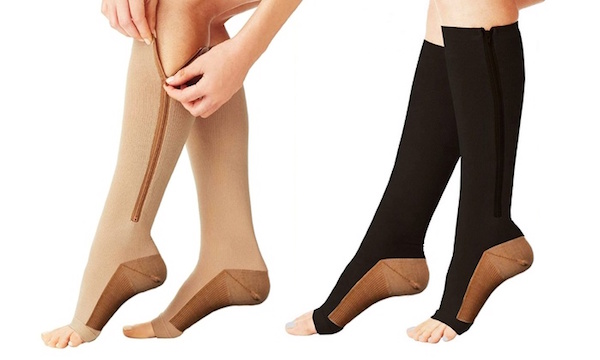
Fortunately, people have been working to address this problem, especially for those who do not have a caregiver to assist in the application and removal process.
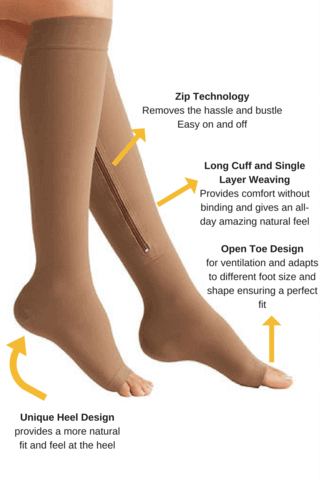
Zipper compression socks, as the name suggests, are compression stockings that have a zipper. This makes it easier to put them on and take them off, saving time and energy. This simple solution can help to improve patient compliance and, consequently, health outcomes.
Does the Zipper Affect the Integrity of the Socks?

The zipper on the compression sock does not interfere with its ability to provide uniform compression. For this reason, the zip-up compression sock is recommended for anyone who has difficulty correctly putting on or taking off compression socks for any reason. There is no need to worry that you are getting fewer results because you are wearing pressure socks with zippers. In fact, they can be a quick, manageable, and comfortable way of ensuring proper treatment and recovery.
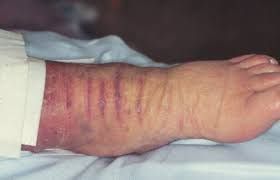
The Importance of Blood Circulation
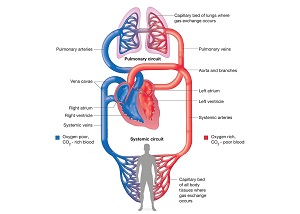
Many problems, including blood clots, DVT, edema, and vein ulcerations, are caused by circulation insufficiency in the legs. Fortunately, zipper compression socks can attack the root of these serious issues.
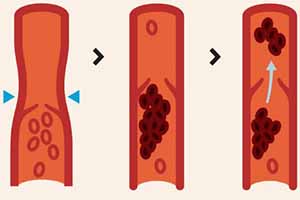
Adequate blood flow can quicken the rate of wound healing. Proper circulation ensures that nutrients and oxygen are delivered to damaged tissues.
In addition, circulation takes waste such as dead cells and metabolic by-products away from wounds. This helps to prevent infection. Many doctors recommend that patients with zipper compression gear wear the zipper on the opposite side of the leg as their wounds to ensure optimum blood flow.
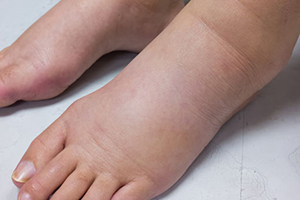
Edema is another common problem that can be addressed with compression socks. It results from fluid leaking out of veins and into surrounding tissue because of blood stagnation and accumulation. Compression improves circulation, which keeps the blood moving, preventing buildup and fluid leakage. Similarly, compression socks can also help to prevent blood clots that result from blood stagnation.
Zipper compression socks play an important role in improving blood circulation to prevent and treat all of these issues.
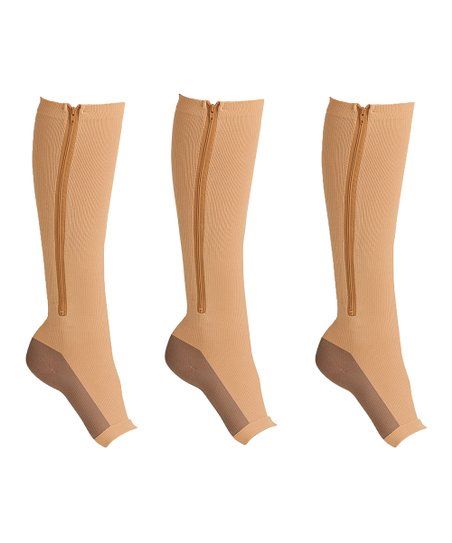
How Zip-up Compression Socks Improve Circulation
The socks are designed to redistribute pressure along your veins to facilitate blood flow and enhance blood circulation.
Compression Levels
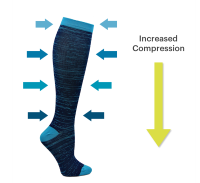
Zipper compression socks are available in different levels of compression ranging from 10 millimeters of mercury (10mmHg) to 60mmHg. Compression levels are usually expressed as a range.
The lower number in the range is the lowest pressure exerted by the sock while the higher number is the highest pressure. Typically, the lowest pressure is exerted at the top of the sock while the highest pressure is exerted at the bottom.
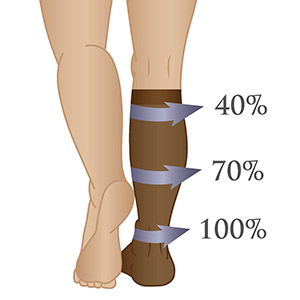
The graduated distribution of pressure along the leg of the socks helps to propel blood flow towards the heart. The area closest to the heart has the least pressure as blood experiences less resistance at shorter distances.
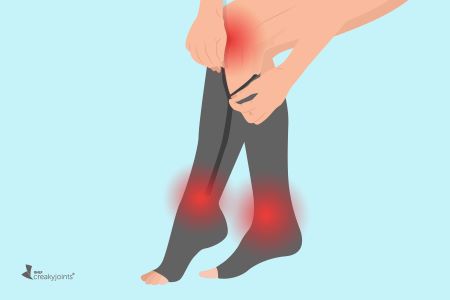
There are three standard levels of compression, 15mmHg-20mmHg, 20mmHg-30mmHg ,and 30mmHg-40mmHg. Each is appropriate for different conditions.
- The 15mmHg-20mmHg zipper compression socks are used for mild circulation conditions. They are ideal for long-distance travelers and clot prevention.
- The 20mmHg-30mmHg compression socks, on the other hand, are categorized as the first medical grade socks. They are ideal for pregnant women and in the prevention and management of edema and spider veins.
- The 30mmHg-40mmHg zipper compression socks are the second medical grade socks. They are ideal for improving circulation in patients suffering from severe venous insufficiency, DVT, and venous ulcers.
You need to be examined by a medical practitioner to accurately determine the compression level that is suitable for you and your condition. If the prescription given proves to be ineffective, a higher compression level will be prescribed.

Zipper Location on The Compression Sock Length
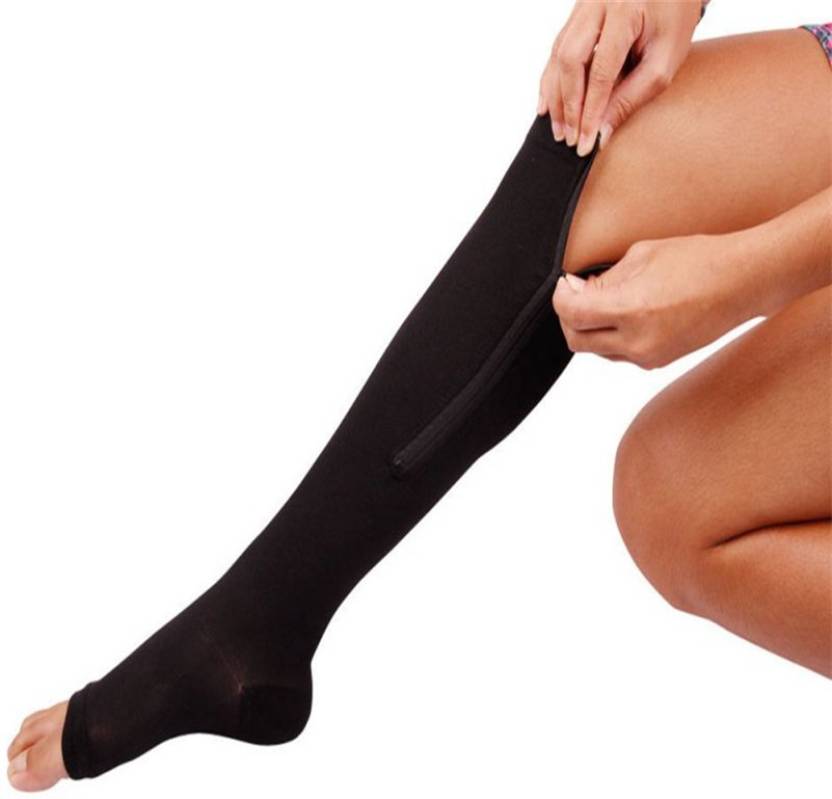
The zipper is fitted on the side of the compression sock and runs up to two-thirds of the length of the sock. This size is perfect because it is large enough to ease in the application of the sock while still being small enough to ensure adequate compression force on the veins.
Get Yourself Zip-up Compression Socks


If you find the process of putting on and taking off compression socks burdensome, consider getting zipper compression socks for an easier application process. The reduced stress and strain that comes from using them can enable you to recovery without worry. They can help you to stick to your treatment regimen, ensuring your long-term health.
The zipper is a great solution for preventing venous insufficiency. Make sure to buy zipper compression socks so you can enjoy the benefits of proper leg circulation.
